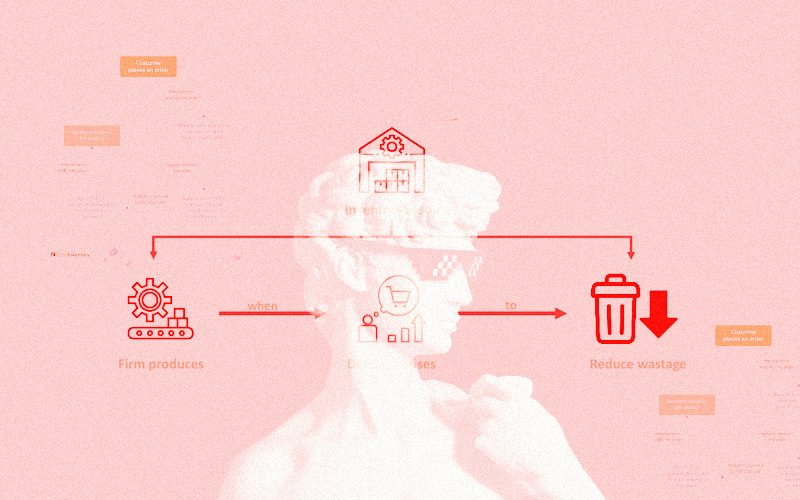Understanding Just-in-Time (JIT) inventory systems and their benefits
Just-in-Time (JIT) inventory systems are a popular approach to inventory management that aims to minimize inventory holding costs while ensuring timely production and delivery of goods. The JIT concept revolves around receiving goods only as needed in the production process or for customer orders, reducing excess inventory levels and the associated carrying costs. In this article, we delve into the principles and mechanics of Just-in-Time inventory systems, exploring their benefits and how they streamline operations for businesses across various industries.
1. Principles of Just-in-Time (JIT) Inventory Systems:
Demand-driven: JIT systems rely on accurate demand forecasting to ensure that inventory levels are maintained at optimal levels based on real-time customer demand.
Continuous improvement: JIT implementation involves continuous efforts to eliminate waste, improve production processes, and enhance efficiency throughout the supply chain.
Kanban system: JIT systems often utilize the Kanban system, a visual tool that signals the need for replenishing inventory when stock levels drop below a pre-defined threshold.
2. Advantages of Just-in-Time (JIT) Inventory Systems:
Cost savings: JIT systems help businesses reduce holding costs associated with excess inventory, including storage, insurance, and depreciation.
Improved cash flow: By reducing inventory levels, businesses free up capital that can be reinvested in other company areas.
Reduced waste: JIT systems minimize the risk of obsolescence and waste, as goods are only produced or purchased when needed.
Enhanced efficiency: JIT streamlines production processes, leading to shorter lead times and improved product turnaround.
Flexibility: JIT allows businesses to quickly respond to changes in customer demand and market conditions, adapting production schedules accordingly.
3. Key Components of JIT Implementation:
Supplier partnerships: JIT collaborates closely with reliable suppliers who deliver goods on time and maintain consistent quality.
Quality control: High-quality standards are essential in JIT systems to ensure that defective products do not disrupt production.
Reliable transportation: Efficient transportation is crucial for the timely delivery of goods in a JIT system.
4. JIT Challenges:
Supply chain disruptions: Relying on just-in-time inventory can leave businesses vulnerable to disruptions and delays.
Demand volatility: Sudden fluctuations in customer demand can be challenging to manage in a JIT system.
Initial setup costs: Implementing JIT systems may require significant upfront investments in technology, training, and process reengineering.







